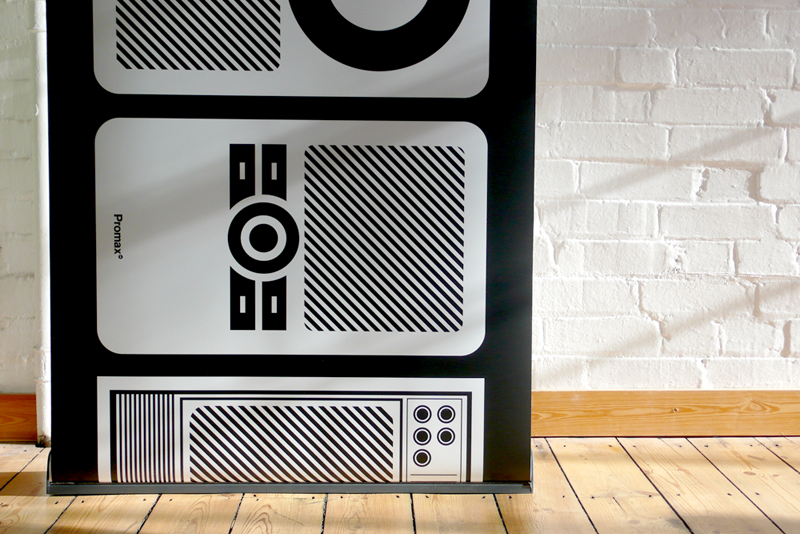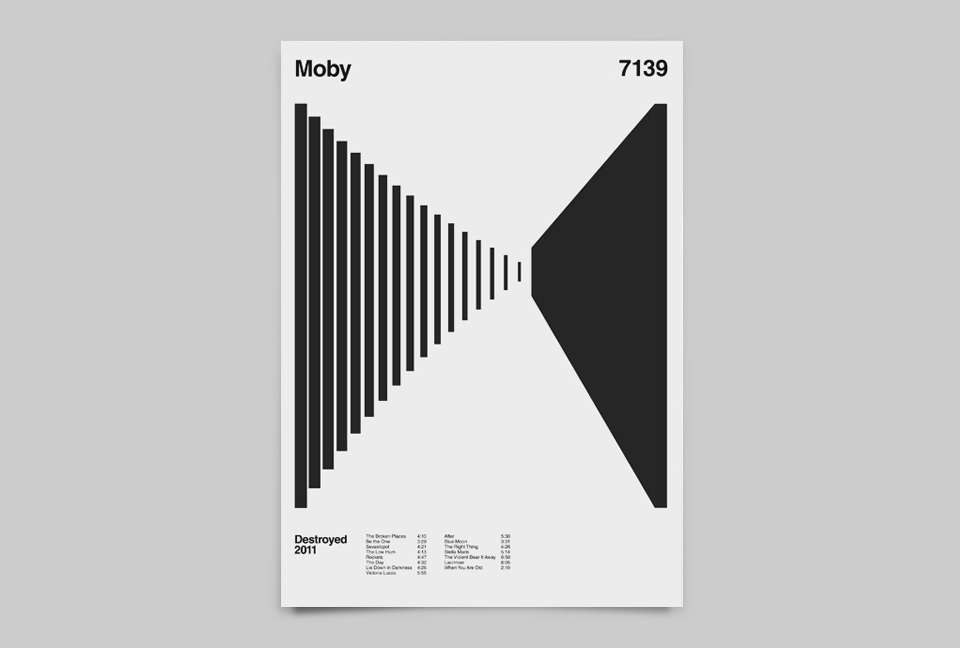While I was
writing a literature review for my thesis I found out some interesting facts
about Minimalism as an art movement transforming into a design trend.
Historically Minimalism started an art movement that was influence by
- The De
Stijl art movement
- Architects
like Van Der Rohe
- Traditional
Japanese design
De Stijl was a one of the modern art
movements that dominate in the twentieth century. The Importance factors of
this movement are the fact that art was being used to design architecture and
furniture. After World War I artists, architectures, designers and writers
desired alteration from old forms and philosophy.
Ludwig Mies van der
Rohe was a German architect who is considered a pioneer of modern architecture,
and his architectural style during post-World War I set a foundation for
minimalist design. He has designed many landmark buildings, including Chicago’s
Crown Hall and New York’s Seagram Building.
The traditional
Japanes Design focused on adding only what is significant and removing the
other things, the space are always maximized and with
wooden structures.
The official introduction
of Minimalism was during an exhibition in St Patersburg through the work of Kazimir Malevich, a Russian painter and art theoretician born 23
February 1879. He was a pioneer of geometric abstract art and the originator of
the Avant-garde, Suprematist movement, he placed a Black Square on a white background claiming that art no longer served
the state or religion. He laid the foundations for a secular art that
was detached from utilitarian purposes and removed from the ideological
function of representation. (Concept of
Modern Art : Suzi Gablik p. 245)
This work was the
one he was well known for also one of the most famous paintings in Russian art,
this art piece is regarded a minimalist work simply because of the use of
subjects and within it, it consists of one shape; square, two colors; black and
white and one dominant point of emphasis, where the painting is presenting only
one subject matter.
KAZIMIR MALEVICH.Black Square.Oil on linen.1915
Black Square
marked the turning point of the Russian avant-garde movement. Before creating
this painting, Malevich spent eighteen months in his studio, labouring over
thirty non-objective paintings. In the end, he had created a series of
non-objective paintings, of which Black Square is one. His invention of the
word “suprematism” was meant to refer to the supremacy of the new geometric
forms. Although the other works in this period were created with visual
brushstrokes and asymmetrical forms, Black Square was the prominent piece, with
no visual textures and a perfectly symmetrical shape, as it was the paramount
of Malevich’s change to pure geometric abstraction: suprematism.
Also as an influence of Minimalism the
international style is an architectural style that developed in Europe in the
nineteen twenties and nineteen thirties, it dominated western architecture in
the twentieth century. This term was first used by an American architecture
born in 1903 Henry-Russell Hitchcock in his essay “The International Style:
Architecture Since 1922.” The Bauhaus Institution was the first to utilize the
style as their way of moving from art to design they familiarized the
incorporation of engineering and art as engineering student were suppose to
study art course. The main principles of the Bauhaus School were unity,
combining colours, form and space, these members of the Bauhaus rejected the
arts and crafts moment emphasizing on luxurious objects created by individuals.
The Bauhaus is
often associated with a severe but elegant geometric style carried out with
great economy of means, though in fact the works produced by its members were
richly diverse. (Britannica
Concise- Encyclopedia.Bauhaus.2013)
HERBERT
BEYER.Universal Typeface 1952
This typeface consists of reduction of letterforms to their bare
essential. Hes removed uppercase letters
and serifs, as his main focus he attempted to modernize typography in the
simplest manner.
BAUHAUS ADVERTISING.1920
And this is how Minimalism went from being an art movement to s design trend.
























































